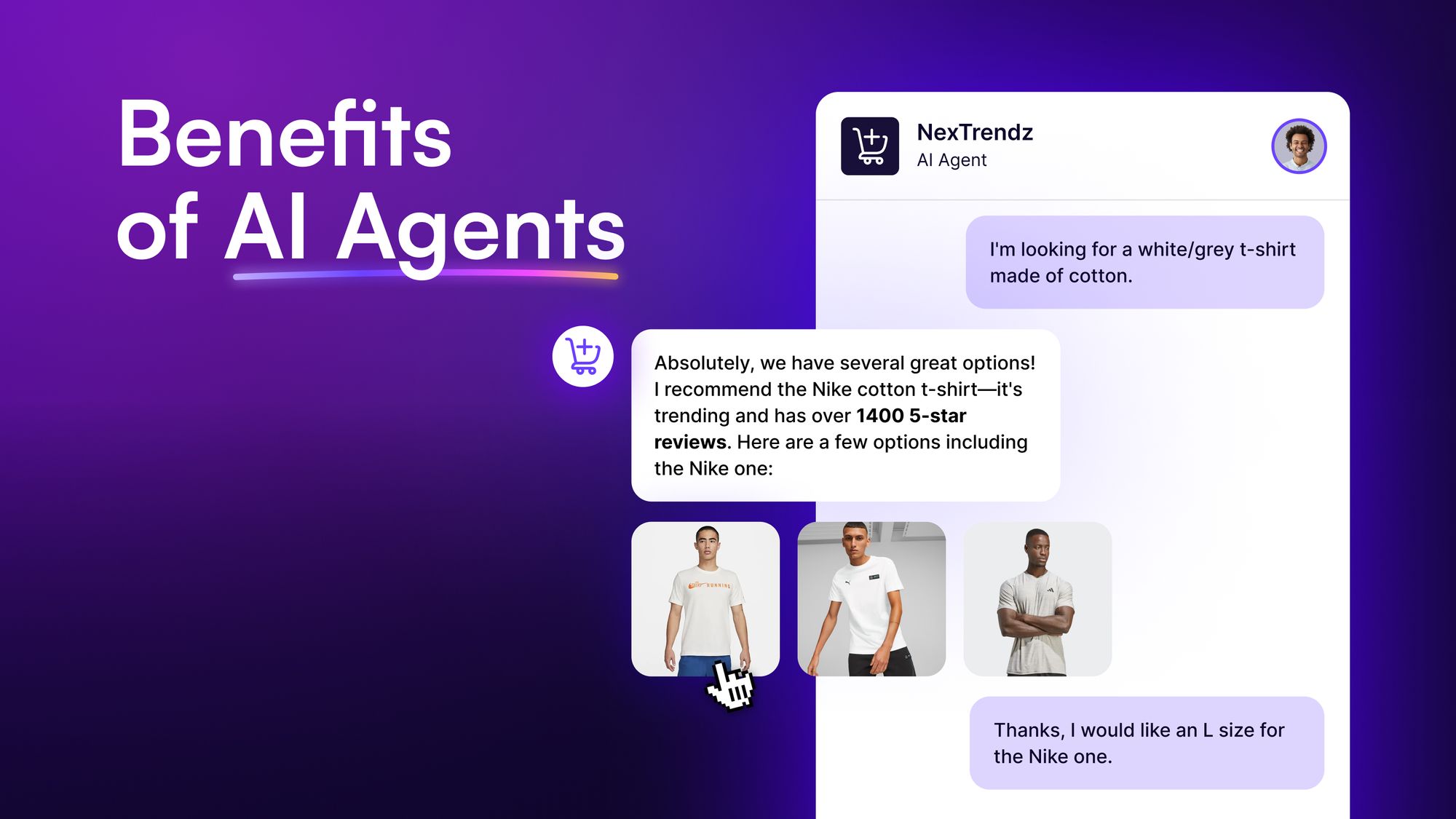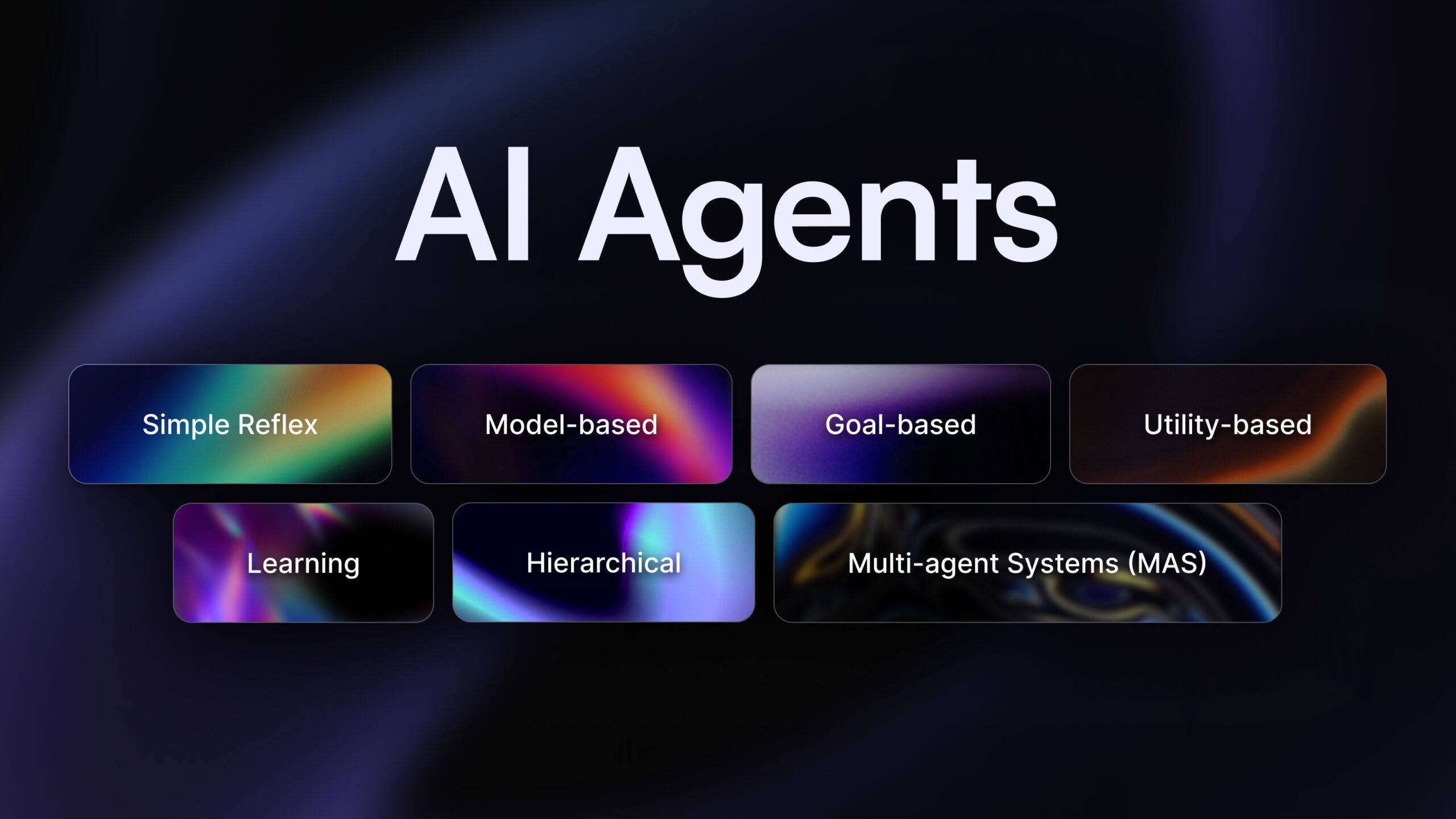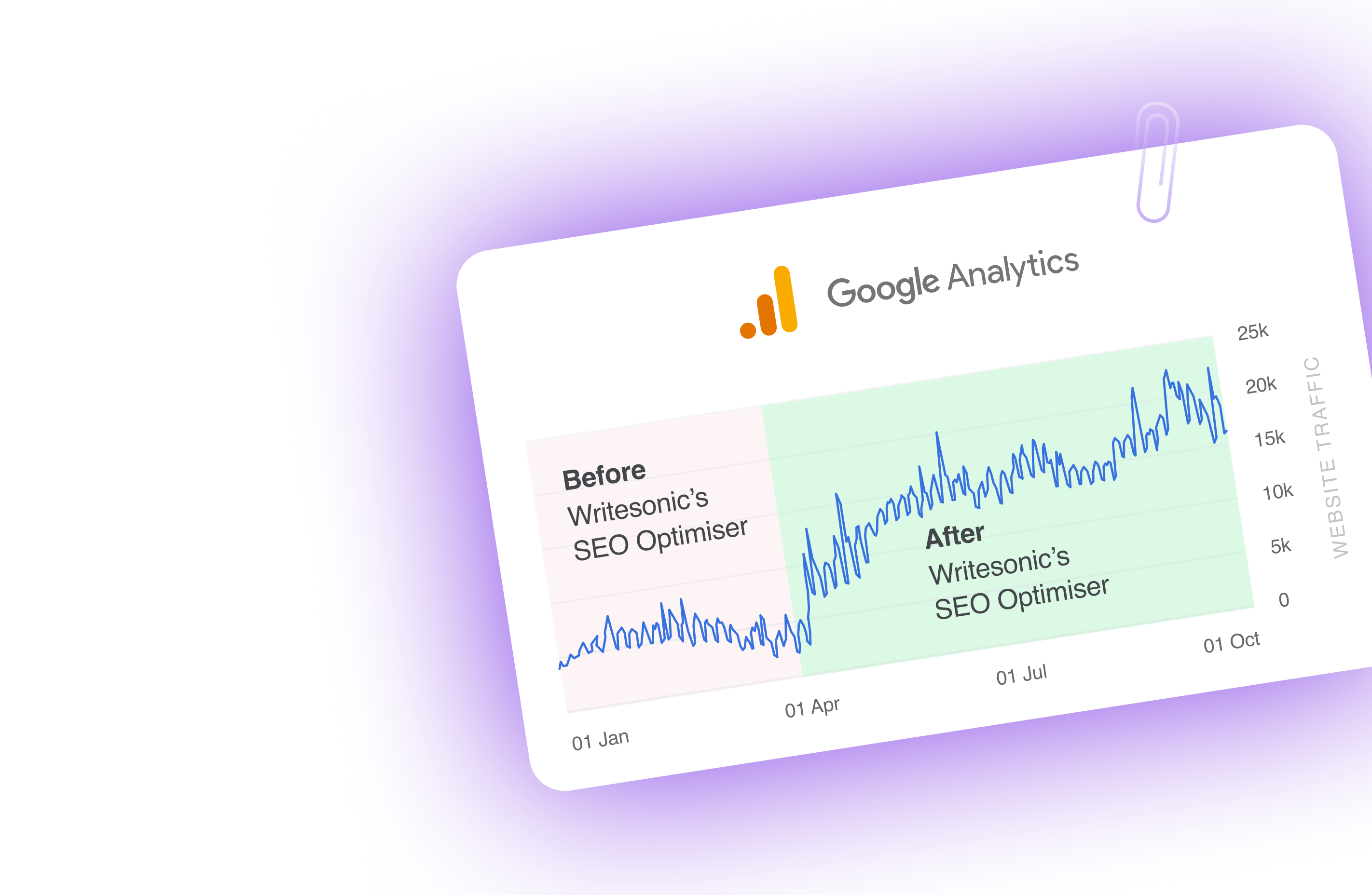SEO writing takes effort. You need to research keywords, structure content, optimize meta tags, and ensure everything is easy to read. Then comes fact-checking, internal linking, and ensuring your content aligns with search intent. Even after all that, there’s no guarantee your page will rank.
An SEO writing AI agent simplifies this entire process. Unlike basic AI writing tools, it doesn’t just generate text. It helps with keyword research, optimizes content for search engines, improves readability, and even fact-checks in real-time.
Instead of juggling multiple tools, you can handle everything in one place.
This blog explains how these AI tools work, why they matter, and how they make SEO writing faster and more effective.
What is an SEO writing AI agent, and why do you need one?
An SEO writing AI agent is an advanced AI tool designed to automate content creation while ensuring everything is optimized for search engines.
It can analyze keywords, improve readability, properly structure content, and ensure your writing matches search intent.
Normally, SEO writing requires multiple tools. You’d need something for keyword research, another tool for grammar and readability, an SEO optimizer, and a fact-checking process that usually involves manual Google searches.
AI SEO agents bring all this into one platform, saving time and effort.
For example, Chatsonic integrates with Google Search, Ahrefs, and other SEO tools to generate optimized content in real-time. Unlike standard AI models, which rely on outdated training data, it pulls fresh insights directly from the web.
Let’s go into more detail on how an AI agent like Chatsonic can optimize your workflow:
1. Automates keyword research and optimization
Keyword research takes time. You have to analyze search trends, study competitor rankings, and find the right balance between search volume and difficulty.
AI agents automate this by scanning search results, competitor pages, and keyword trends to recommend the best terms to target and actionable SEO content strategies based on data-driven insights.
For example, Chatsonic’s integrations with Ahrefs reduce the tool hopping involved in SEO and research, keeping everything centralized under a simple chatbot interface.
Beyond that, AI agents for SEO can optimize your existing blogs to ensure keywords are placed naturally throughout the content. Instead of keyword stuffing, AI ensures the writing flows naturally while still being optimized for search rankings.
2. Improves structure and readability
Well-structured content performs better. Google prioritizes content that is easy to scan and engaging to read. AI writing agents ensure that headings are clear, paragraphs are concise, and important information stands out.
They also improve content flow by breaking up long blocks of text, inserting bullet points where necessary, and optimizing formatting for better user experience. The result is content that keeps readers engaged and satisfies search engine ranking factors.
3. Optimizes meta tags and featured snippets
Meta tags play a big role in SEO, but writing optimized titles and descriptions for every piece of content is time-consuming. AI agents can generate SEO-friendly title tags and meta descriptions that improve click-through rates.
They also identify questions and topics optimized for featured snippets and adjust content accordingly. This increases the chances of ranking in the top positions on search engines.
4. Ensures real-time fact-checking
Many AI models rely on static datasets, meaning the information they provide can be outdated or incorrect. AI agents with live web search capabilities ensure accuracy by pulling the latest sources.
This means a multi-agent AI platform like Chatsonic presents you with fact-checked results without any AI hallucination.
Having a reliable AI model for fact-checking is especially useful for industries where data changes frequently, like finance, health, and technology. Instead of manually verifying every fact, AI does the work for you.
Plus, this also helps ensure your content ranks per Google E-E-A-T guidelines. If you want your content to perform well on search engines, it must be reliable and have verified sources.
5. Reduces manual effort and increases efficiency
SEO writing involves multiple steps—research, writing, editing, and optimization. Doing all of this manually slows down content production and increases the chances of errors.
AI can streamline the process by handling repetitive tasks, allowing writers and marketers to focus on strategy and creativity.
Instead of switching between different tools for keyword research, SEO checks, and readability improvements, everything happens in one place. This saves time and ensures a more efficient workflow.
An SEO writing AI agent isn’t just about generating content. It ensures your writing is optimized for search engines, easy to read, and factually accurate. It’s not a replacement for human writers but a powerful tool that helps streamline SEO writing while maintaining quality and consistency.
💡 Learn more about: Top 7 Benefits of AI Agents With Examples and Use Cases
How to use an SEO writing AI agent to optimize content for SERPs
An SEO writing AI agent does more than just generate text. It analyzes search trends, identifies ranking opportunities, and optimizes content to perform better on search engines.
Instead of manually researching keywords, structuring blog posts, and optimizing meta tags, AI automates these tasks—saving time while improving accuracy.
Chatsonic is an AI-powered SEO writing agent that integrates real-time web search, keyword analysis, and content optimization into one tool. Here’s exactly how you can use it to streamline SEO content creation and improve SERP rankings:
1. Automated keyword research and SERP analysis
Strong keyword research is the foundation of SEO. But identifying the right terms to target requires analyzing search volume, competition, intent, and much more.
Instead of manually sifting through multiple keyword research tools and trying to comprehend large datasets, Chatsonic can automate the entire process for you.
For example, if you’re writing a blog about “easy baking recipes,” Chatsonic can help you map out your target keywords based on search volume and difficulty.
Chatsonic will analyze real-time search trends and competitor rankings to suggest primary and secondary keywords.
Here’s how we put Chatsonic to use to identify keywords for a blog about “easy baking recipes:”
As you can see, Chatsonic has created a comprehensive report with the latest keyword insights from Ahrefs on which keywords to target, related terms, and long-tail keywords, along with search volume, competition, and trend data.
Apart from the list of keywords to include in our blog, Chatsonic also suggested tips to incorporate these terms into the content and an SEO-optimized blog outline:
To take it a step further, you can also ask: “Analyze the SERP results for [keyword]. What do the top-ranking pages have in common?”
Chatsonic will scan real-time search results and break down what makes top-ranking pages successful. This helps you create content that matches search intent and outperforms competitors.
2. Optimizing blog content for SEO
SEO isn’t just about keywords. Your content needs clear structure, good readability, and strong internal linking to rank well. AI writing agents like Chatsonic automate these optimizations to ensure your blog meets SEO best practices.
After conducting keyword research and SERP analysis using an AI agent like Chatsonic, you can ask the model to generate an SEO-friendly blog outline for the same topic:
As you can see, the AI has suggested a well-structured outline with optimized headings, subheadings, and logical content flow–all based on the initial keyword research.
Once you have the outline, you can also ask the agent to write a detailed blog based on the same content brief, using SEO best practices.
In return, Chatsonic will generate optimized, structured blog content that includes:
- Short, skimmable paragraphs (Google favors content that’s easy to read).
- Keyword placement that feels natural, not forced.
- Internal link recommendations to connect related topics on your website.
- AI-suggested FAQ sections to improve engagement and rank for featured snippets.
This eliminates manual content restructuring and ensures your blog is SEO-ready from the start.
💡 Also read: Why Content Writers Are Turning to AI Agents for Content Editing
3. Meta tag and featured snippet optimization
Title tags and meta descriptions directly impact click-through rates (CTR). Search engines pull relevant snippets from your page, so optimizing them correctly is crucial.
After writing a blog, simply ask Chatsonic to generate an SEO-friendly meta title and description for your content while optimizing for keywords.
Chatsonic will analyze the content and suggest:
- A clickable, keyword-optimized title.
- A meta description that matches search intent while staying under Google’s pixel limit.
You can also optimize for featured snippets by asking: “Which sections of my blog can rank as featured snippets?”
Chatsonic will identify list-based answers, definitions, and structured data that improve the chances of appearing in Google’s answer boxes.
For example, if your blog includes step-by-step guides, Chatsonic might recommend turning them into a numbered list since Google often pulls these for featured snippets.
This automates metadata optimization and ensures your content is formatted for maximum visibility in search results.
4. SEO content audits
Older blog posts can lose rankings if they lack fresh content, updated keywords, or technical optimizations. Regular content audits help identify gaps and improve search performance.
But, analyzing each blog for missing keywords and content gaps and comparing it with competitors is quite time-consuming and can be prone to human error.
Instead, here’s how you can leverage Chatsonic for an SEO-driven content audit for a blog refreshment:
Chatsonic will check for:
- Outdated keywords that need replacing.
- Missing internal links to improve site structure.
- Readability issues that might affect engagement.
- Opportunities for new subheadings or featured snippet optimizations.
As you can see, Chatsonic not only suggested missing keywords and topics to include in my blog but also provided actionable strategies to boost overall engagement on-page SEO performance and optimized meta tags.
Instead of manually reworking old content, Chatsonic automates the audit and provides actionable fixes to boost rankings.
With these insights, you can then ask Chatsonic to reproduce sections of your blog that require a refresh for SEO.
Common mistakes to avoid in AI-generated SEO content
AI-powered SEO writing tools can optimize content creation, but relying on them without proper oversight can backfire. Here are some common pitfalls to watch out for when using AI-generated SEO content:
1. Overstuffing content with AI-recommended keywords
AI tools can suggest relevant keywords, but excessive use can hurt readability and SEO rankings. Keyword stuffing makes the content feel robotic and can trigger search engine penalties.
Instead of forcing keywords into every sentence, focus on natural placements where they enhance context.
For example, if your primary keyword is “types of dog breeds,” inserting it awkwardly in every paragraph can disrupt the reader’s flow. Instead, AI should guide strategic placements, ensuring keywords appear in titles, subheadings, and naturally within the text.
2. Ignoring human editing & relying entirely on AI
Artificial intelligence can generate well-structured, optimized content but lacks human creativity, nuance, and contextual awareness. If you publish AI-written content without human oversight, you risk errors, unnatural phrasing, or even misleading information.
Think of AI as an assistant rather than a replacement. Always review, refine, and add a human touch to ensure content aligns with your brand voice and provides value to your audience.
3. Neglecting search intent and user engagement
SEO success isn’t just about ranking but meeting user expectations. AI SEO agents can optimize content for search engines, but they don’t always prioritize user intent. Engagement rates will drop if your content focuses solely on inserting keywords without addressing what users need.
For example, if someone searches for “best ChatGPT alternatives,” they likely want comparisons, features, and benefits—not just a generic explanation of different AI chatbots.
Make sure AI-generated content directly answers user queries and keeps readers engaged.
4. Forgetting to fact-check AI-generated statistics
AI writing tools often pull data from various sources, but that doesn’t mean the information is accurate or up-to-date. Some models generate numbers based on probability rather than verified sources, leading to AI hallucinations.
Before publishing, fact-check AI-generated statistics against reliable sources.
For example, if AI claims “80% of marketers use AI for SEO,” verify the number with credible reports like HubSpot, Moz, or Google’s latest insights.
Factual accuracy is crucial for maintaining trust and adhering to Google’s E-E-A-T guidelines.
Start enhancing your SEO writing process using Chatsonic!
SEO writing can be complex, but it doesn’t have to be. Instead of spending hours juggling keyword research, content optimization, and manual fact-checking, let Chatsonic do the heavy lifting.
With real-time search capabilities, seamless integrations with Google Search Console and Ahrefs, plus AI-powered insights, you get optimized, high-quality content—faster and more efficiently.
Whether you need keyword recommendations, structured content, or AI-driven content audits, Chatsonic keeps your writing SEO-friendly without sacrificing readability or engagement. It’s the perfect balance between automation and human creativity.
Ready to optimize your SEO content without compromising quality?
Try Chatsonic today and experience a smarter, faster way to create content that ranks! 🚀

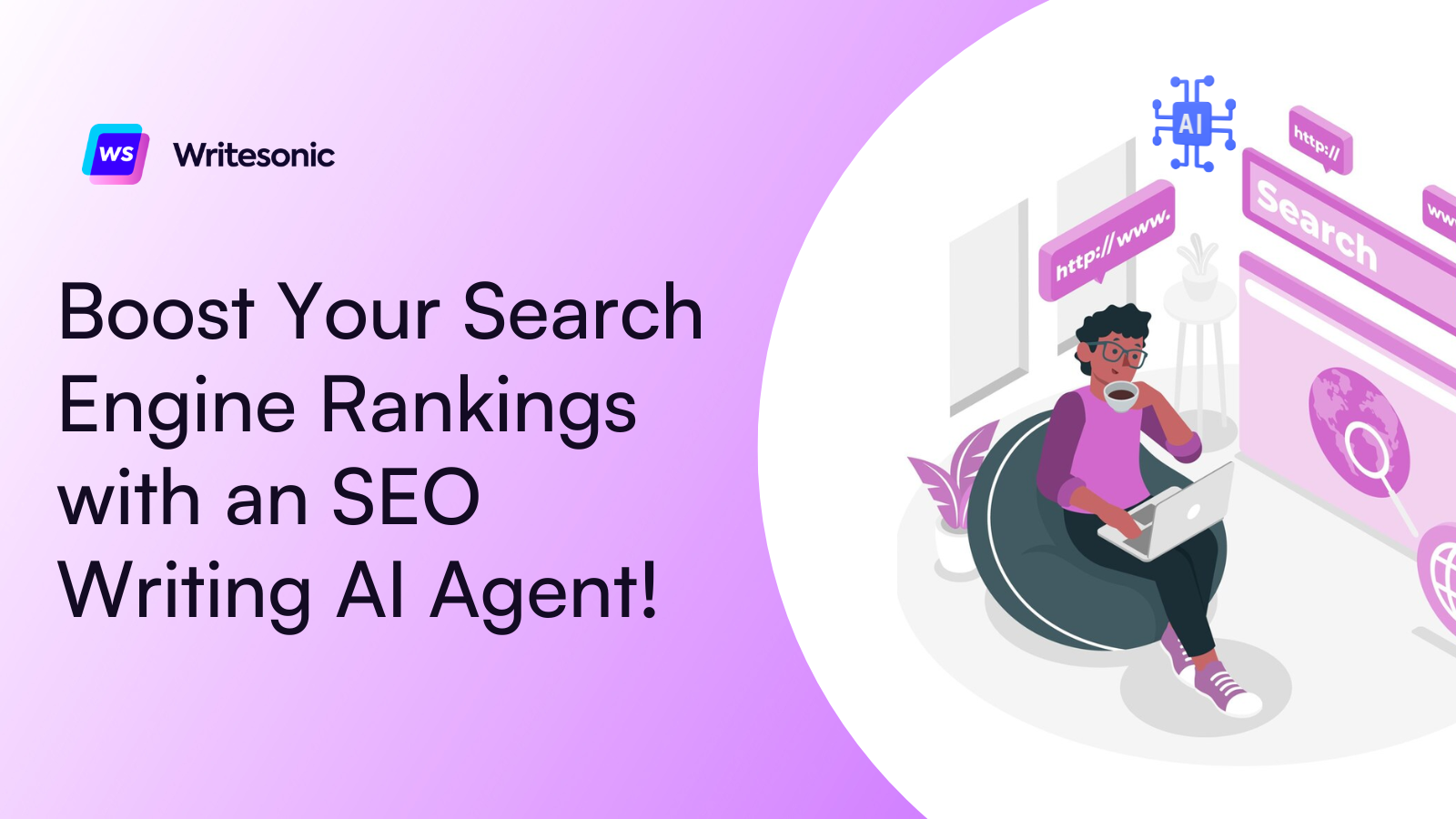
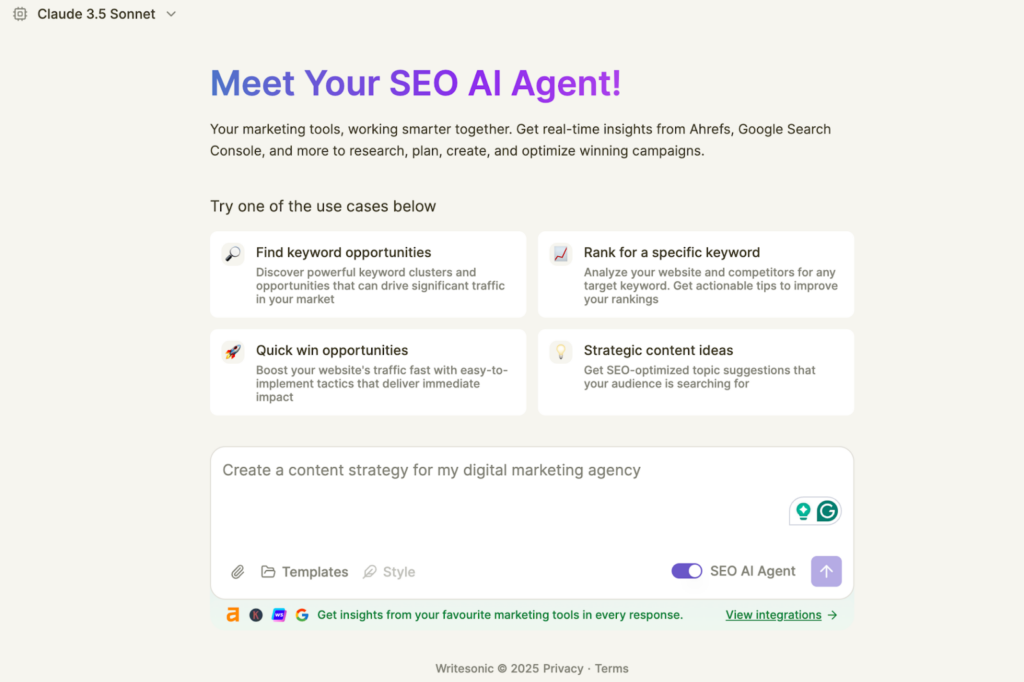
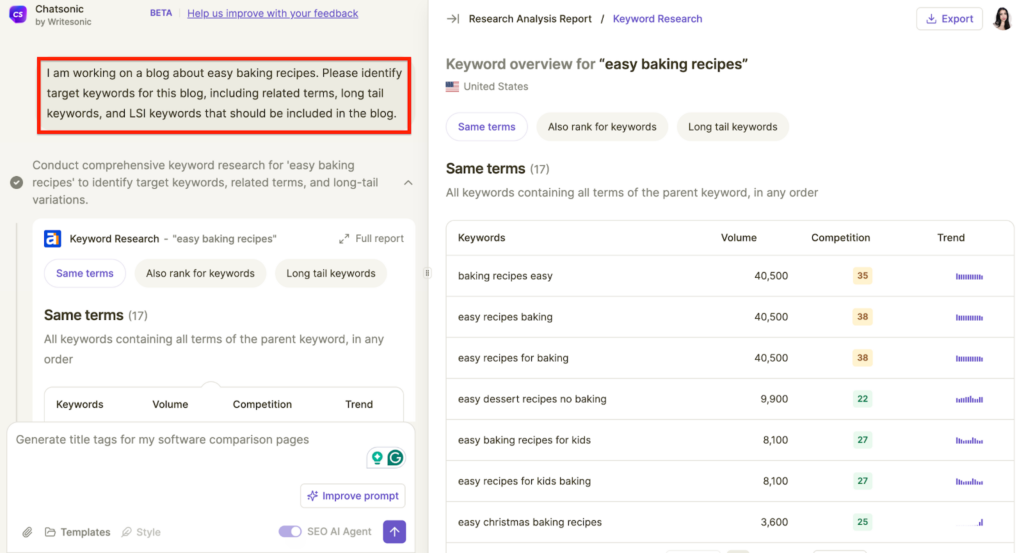

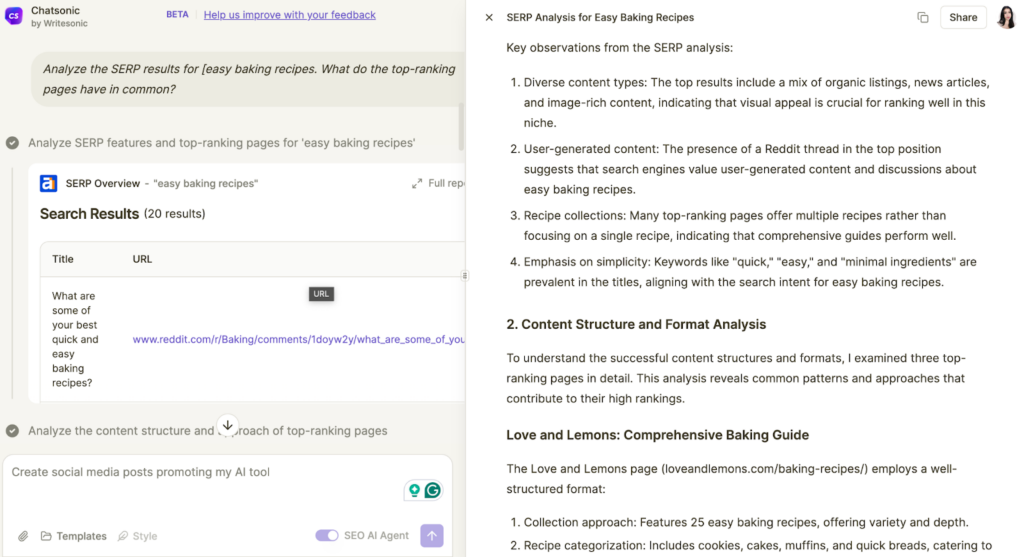
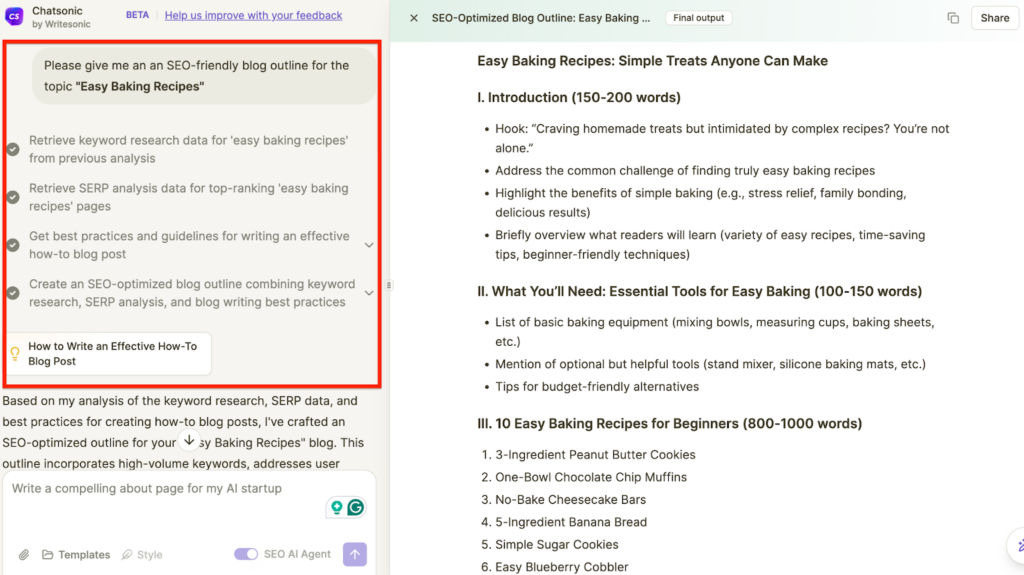
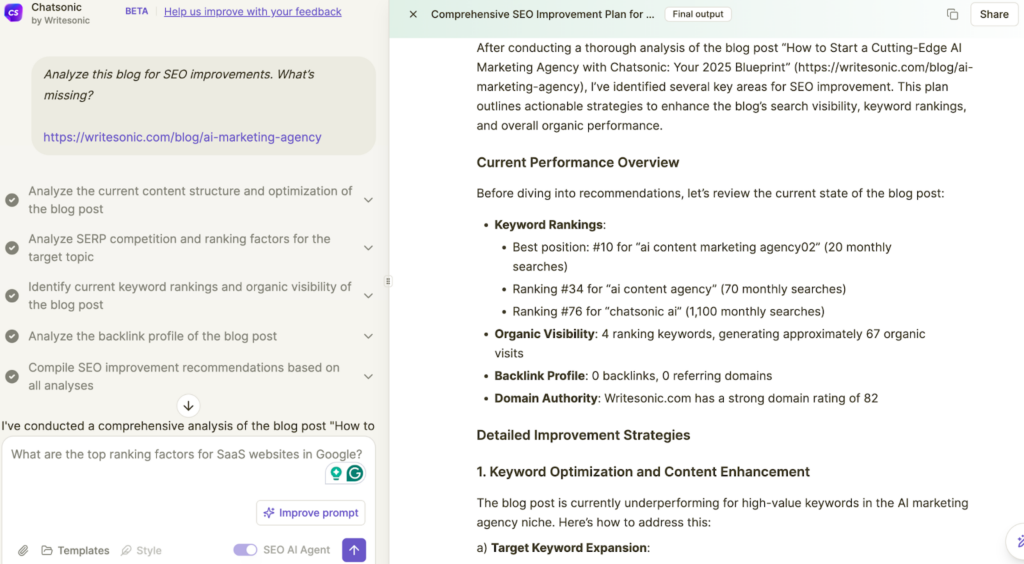
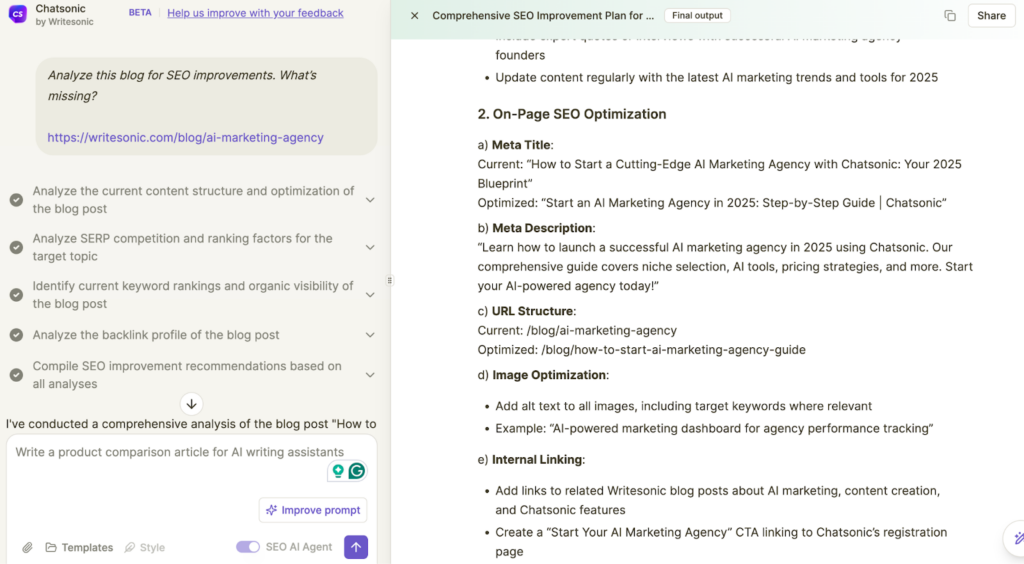

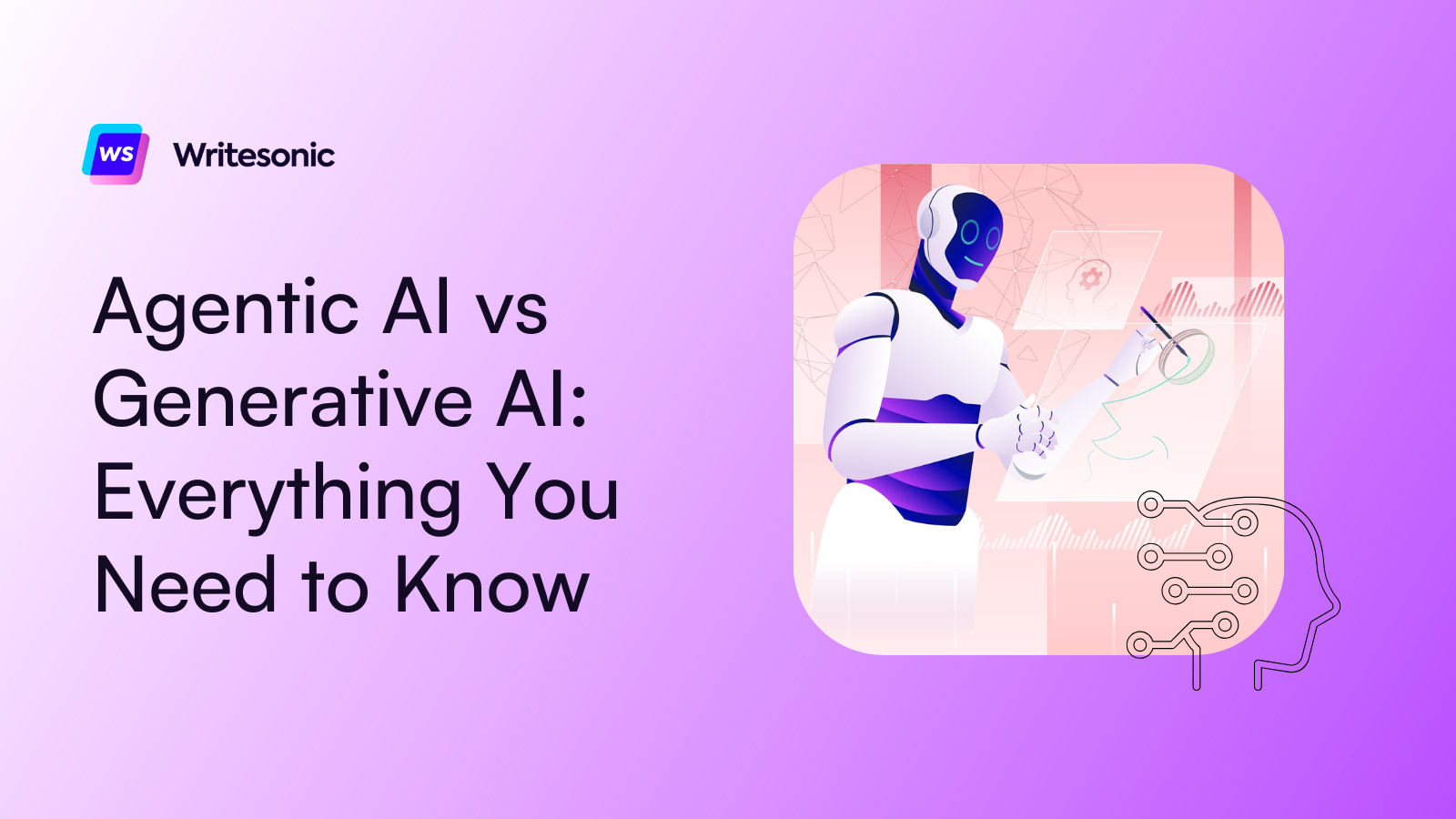

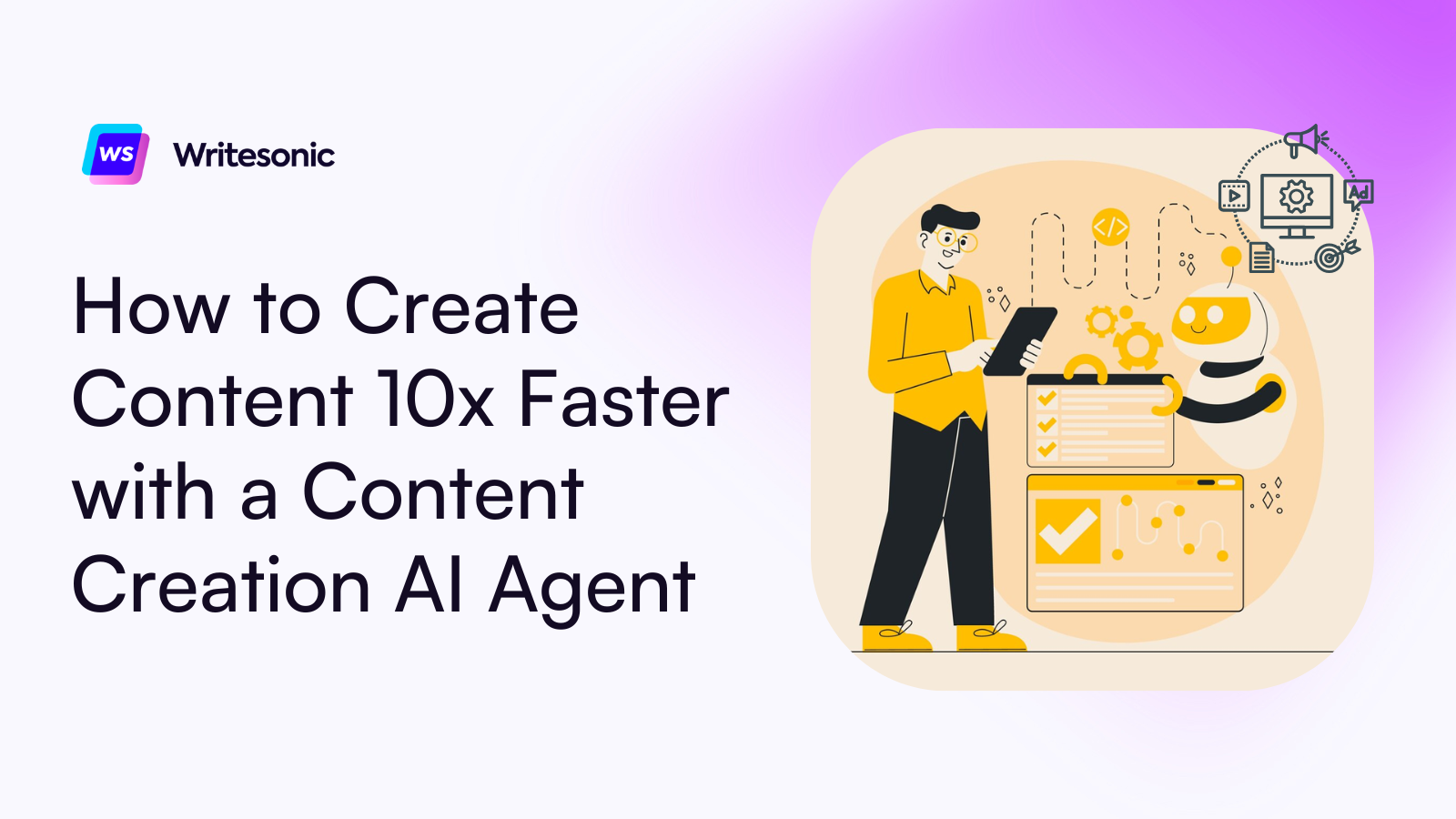


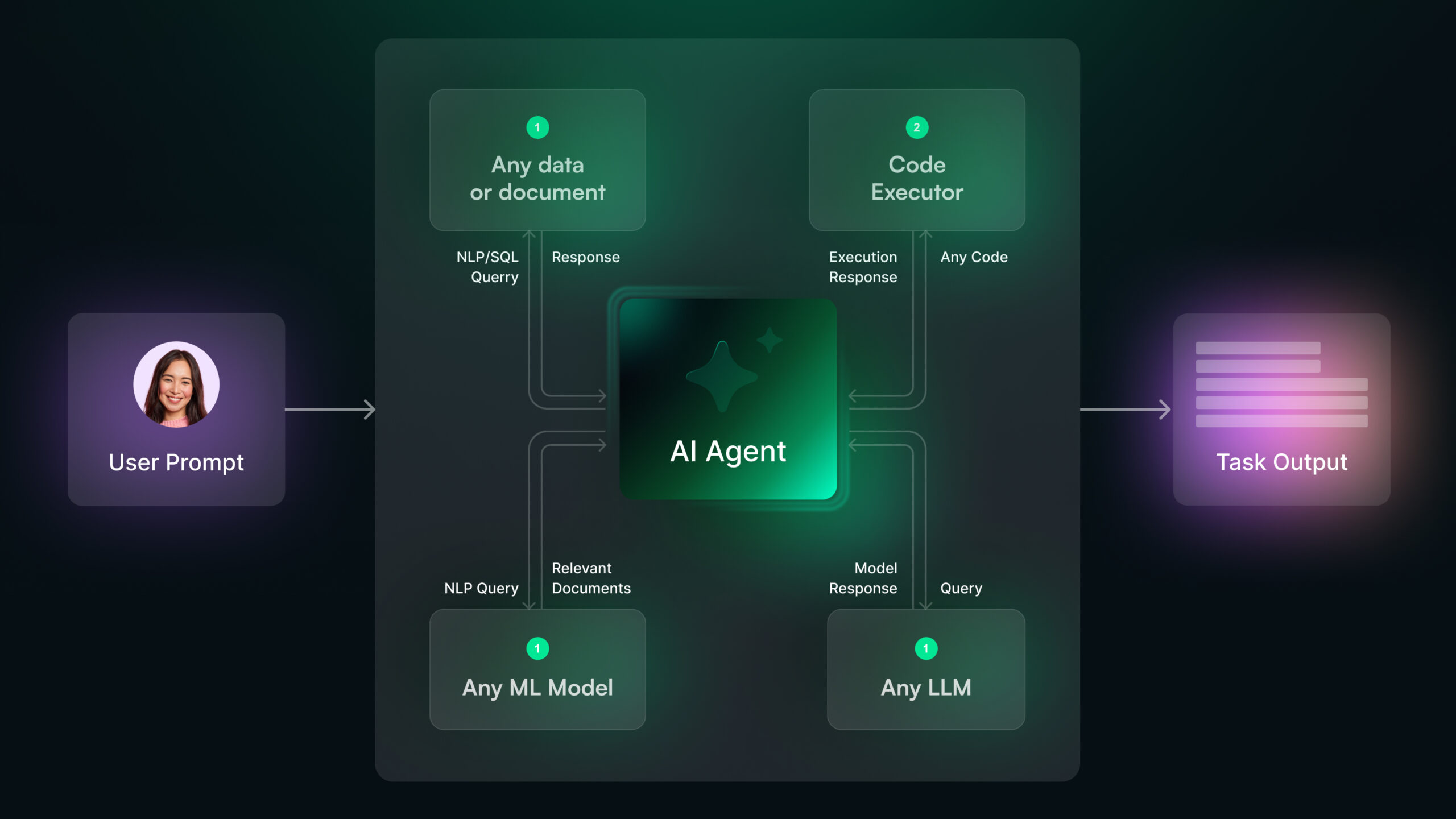
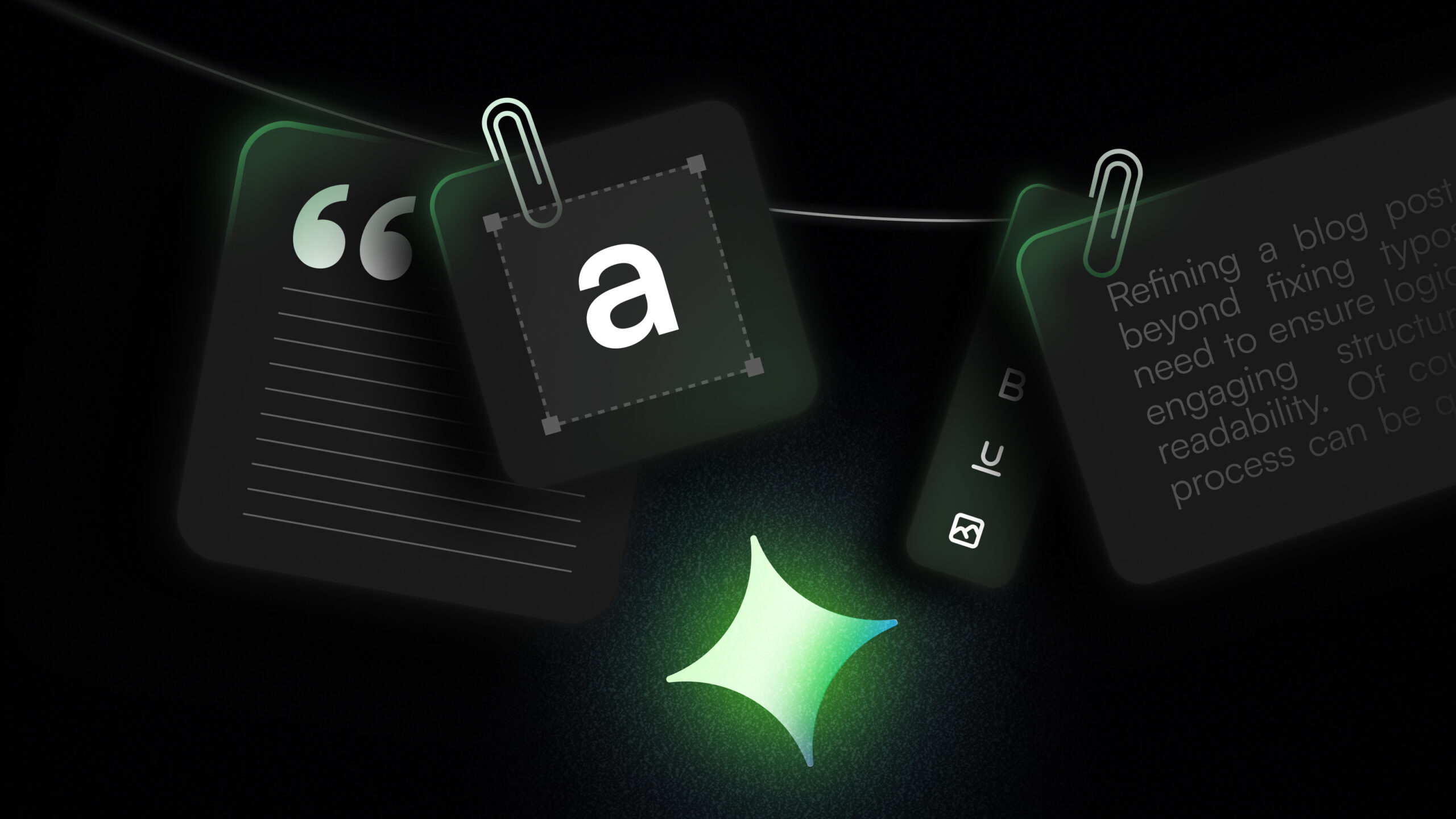


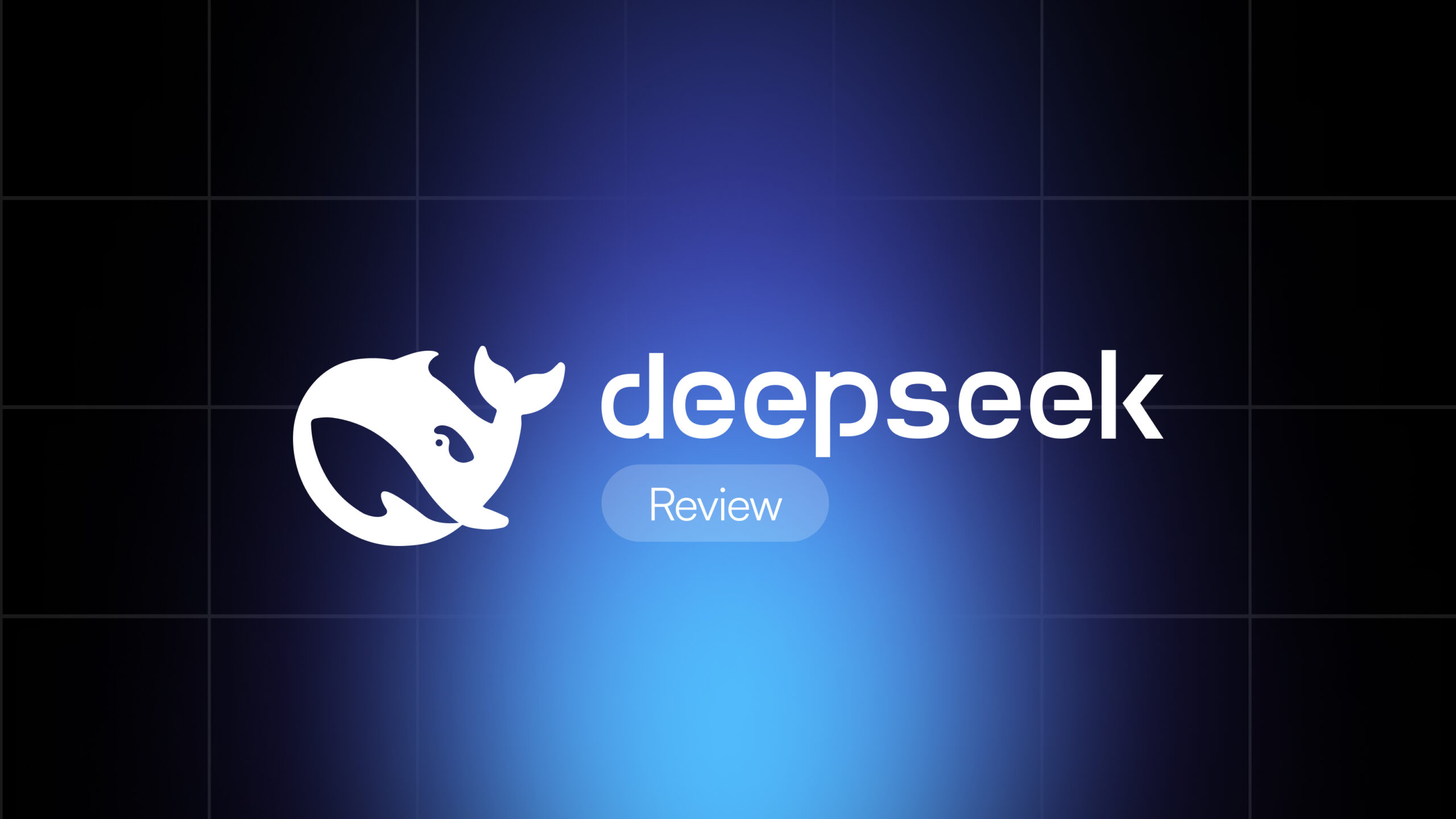


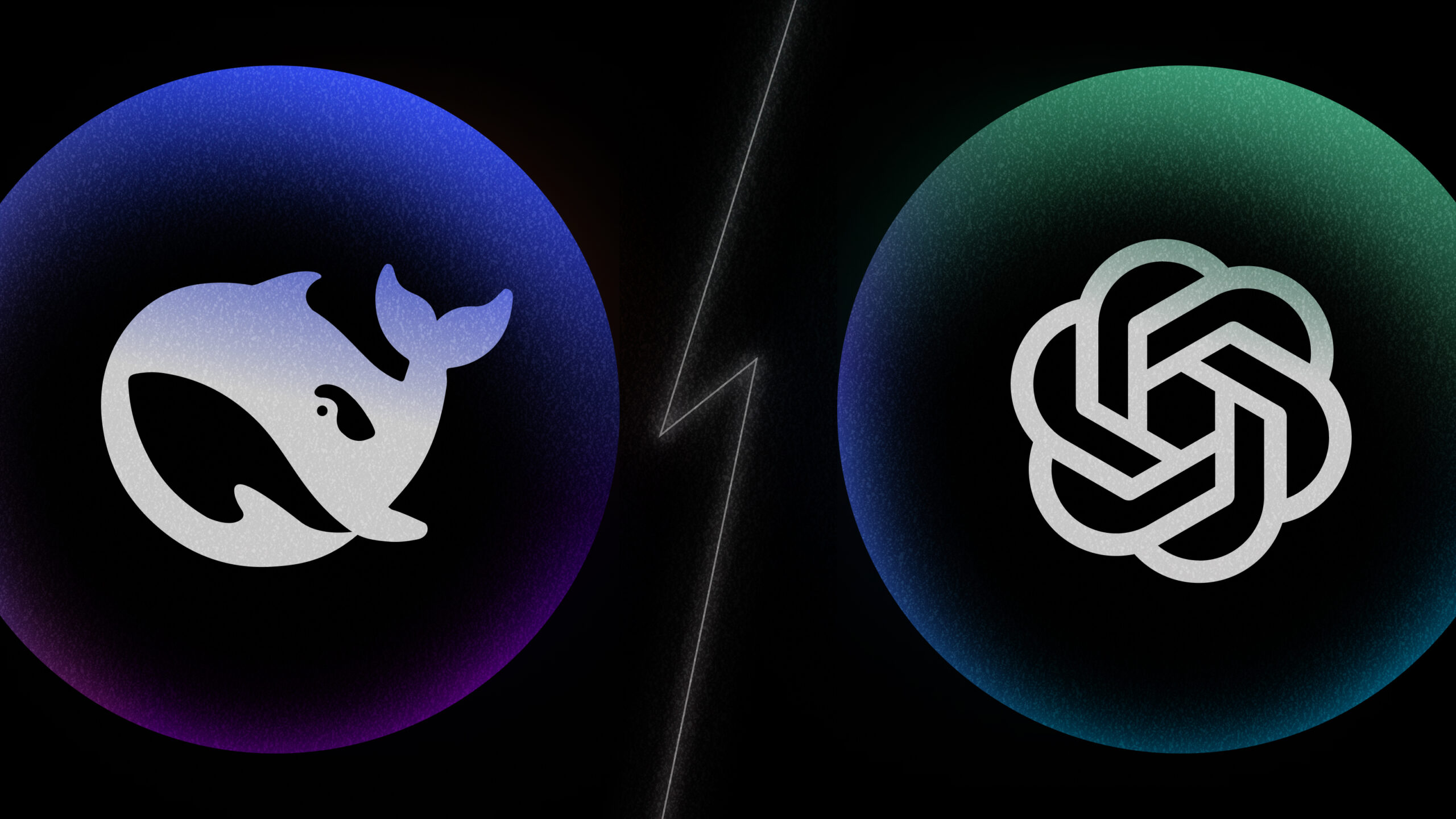


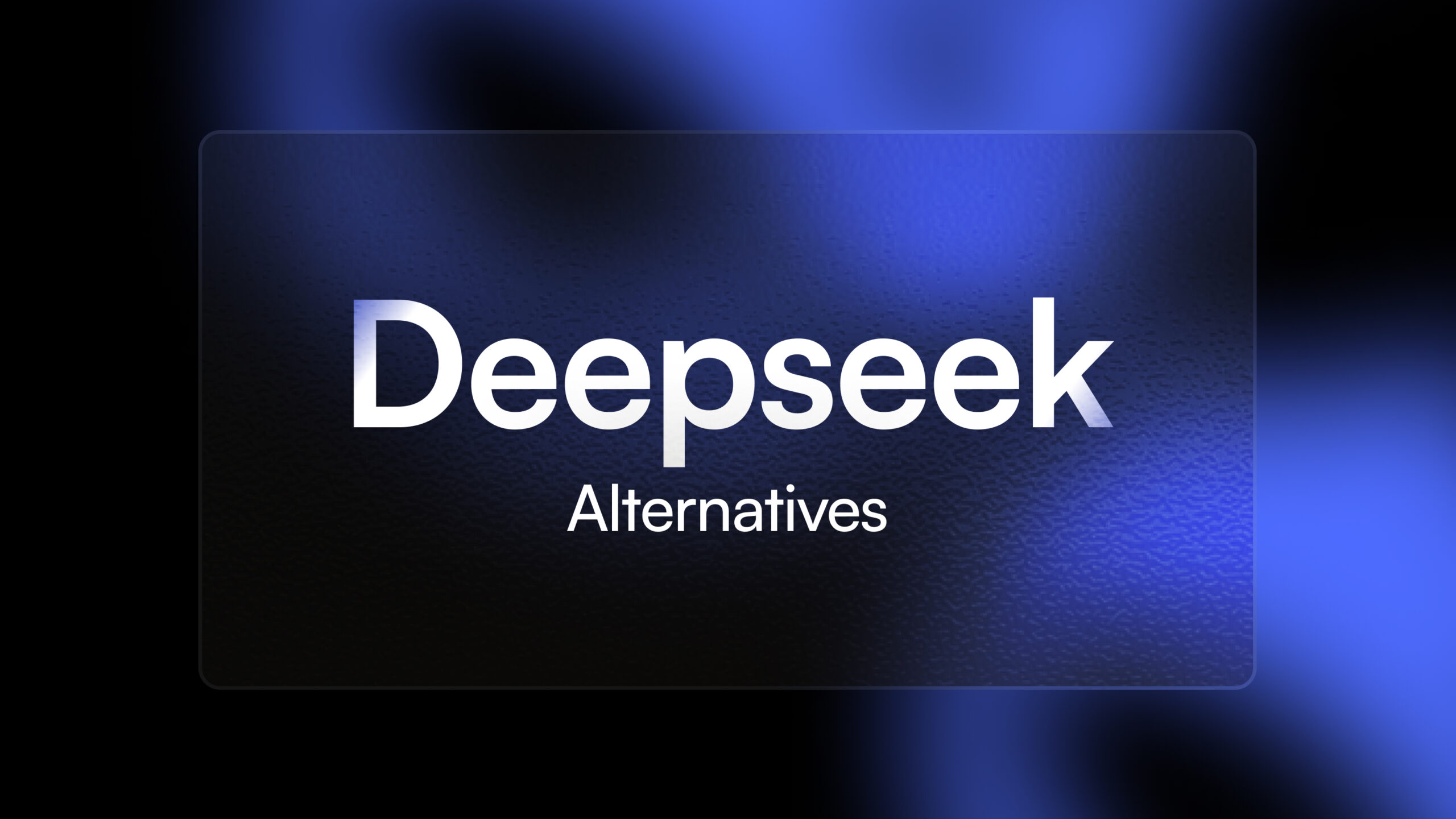


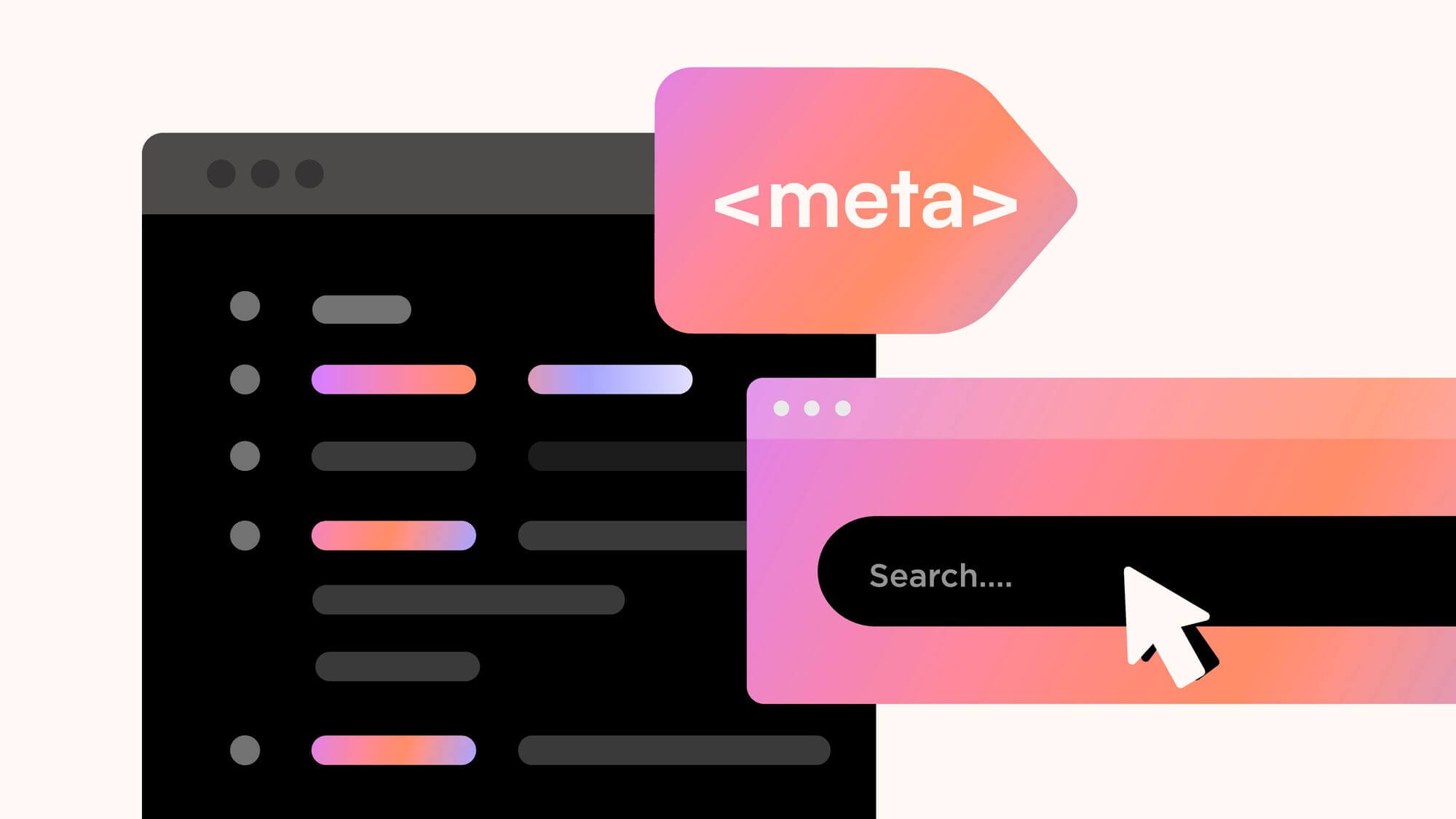

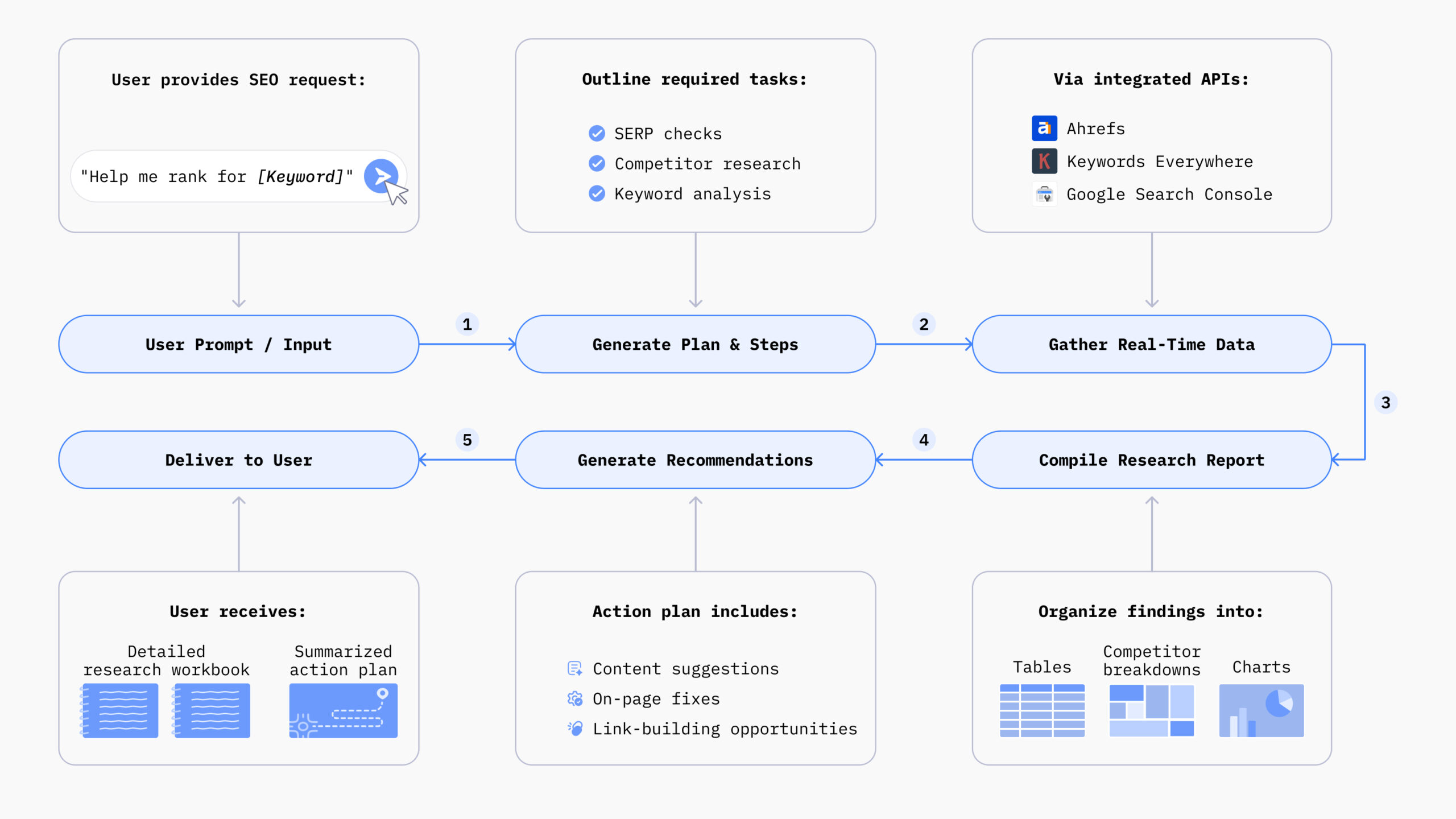






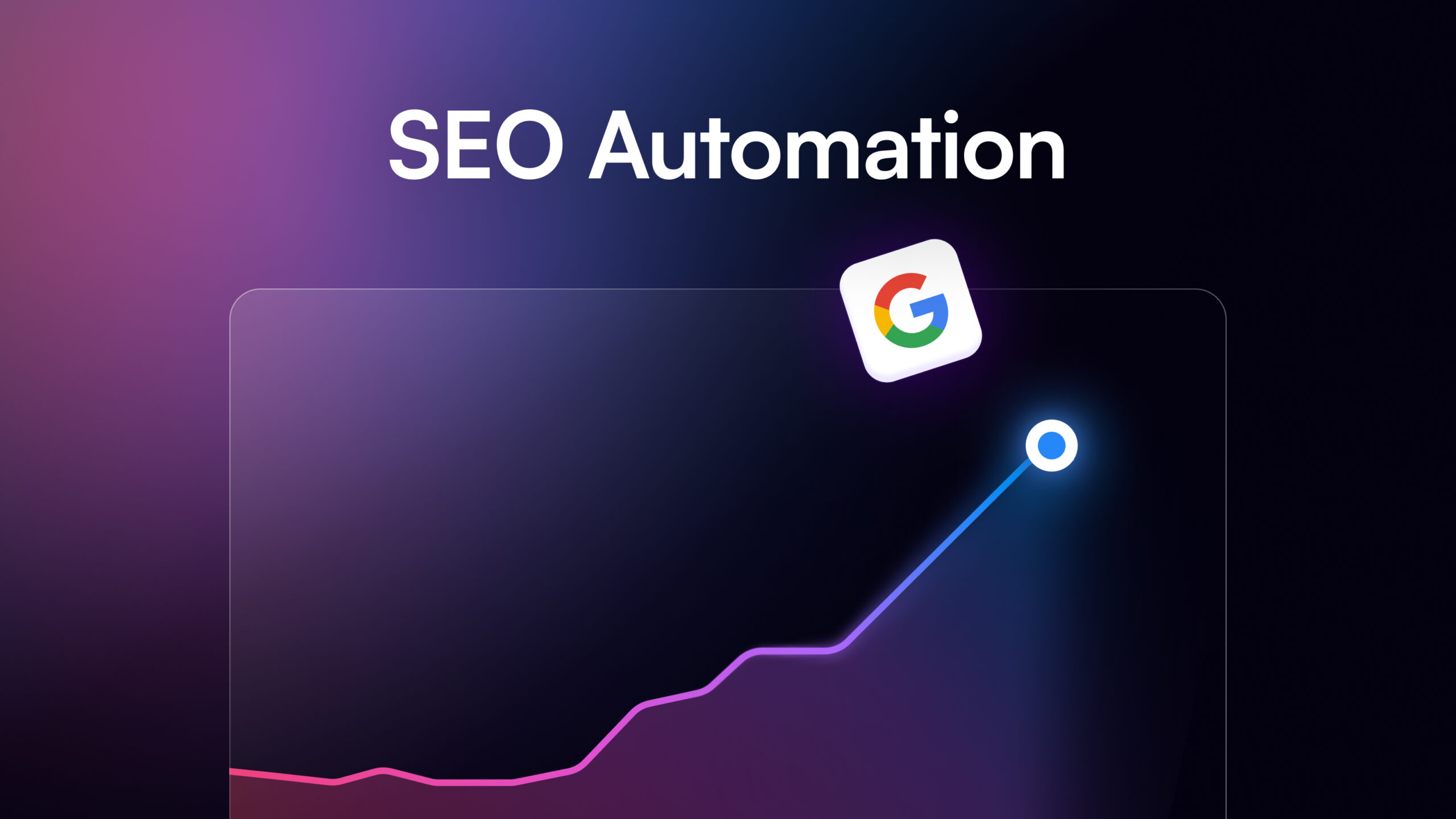



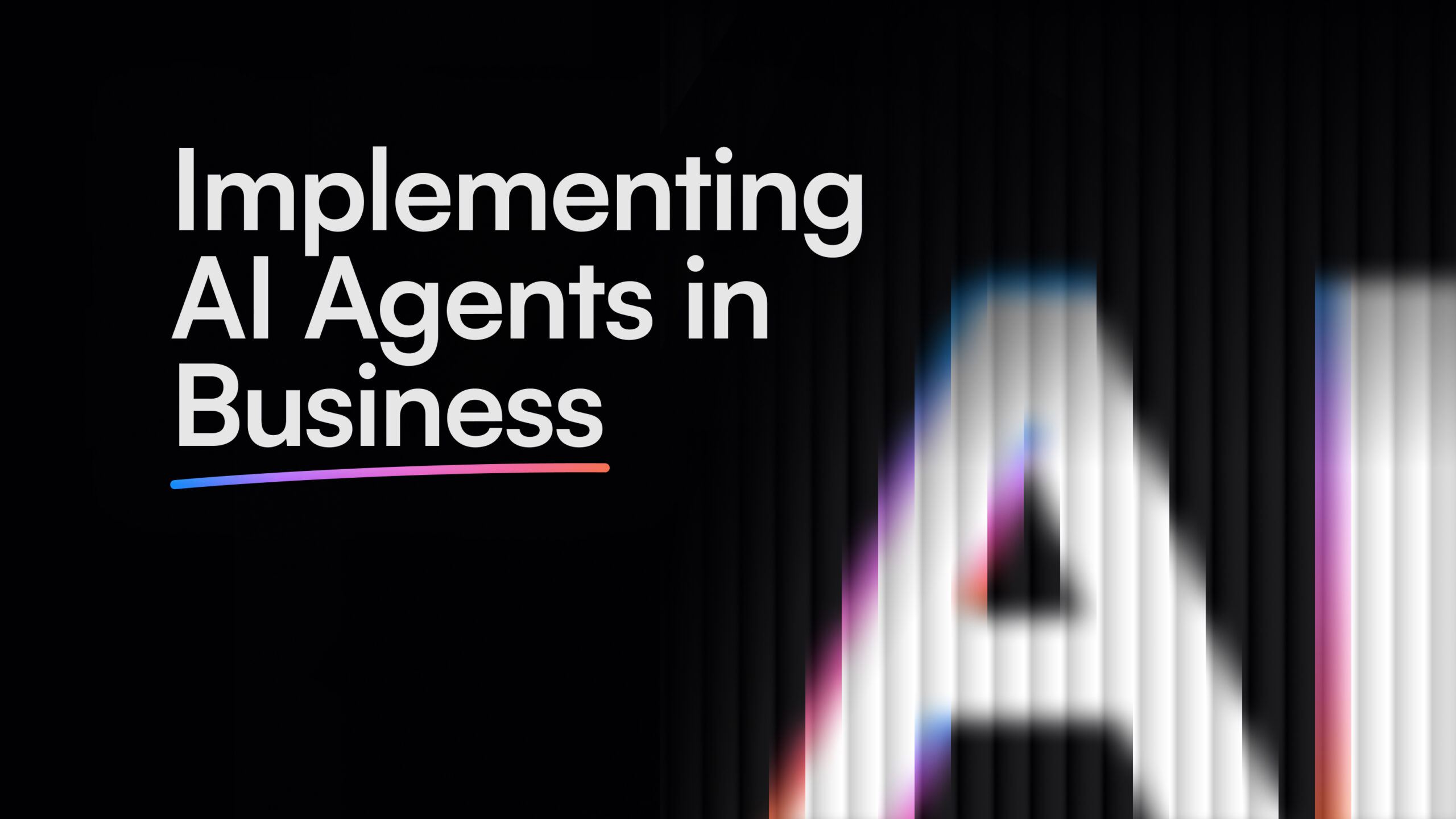
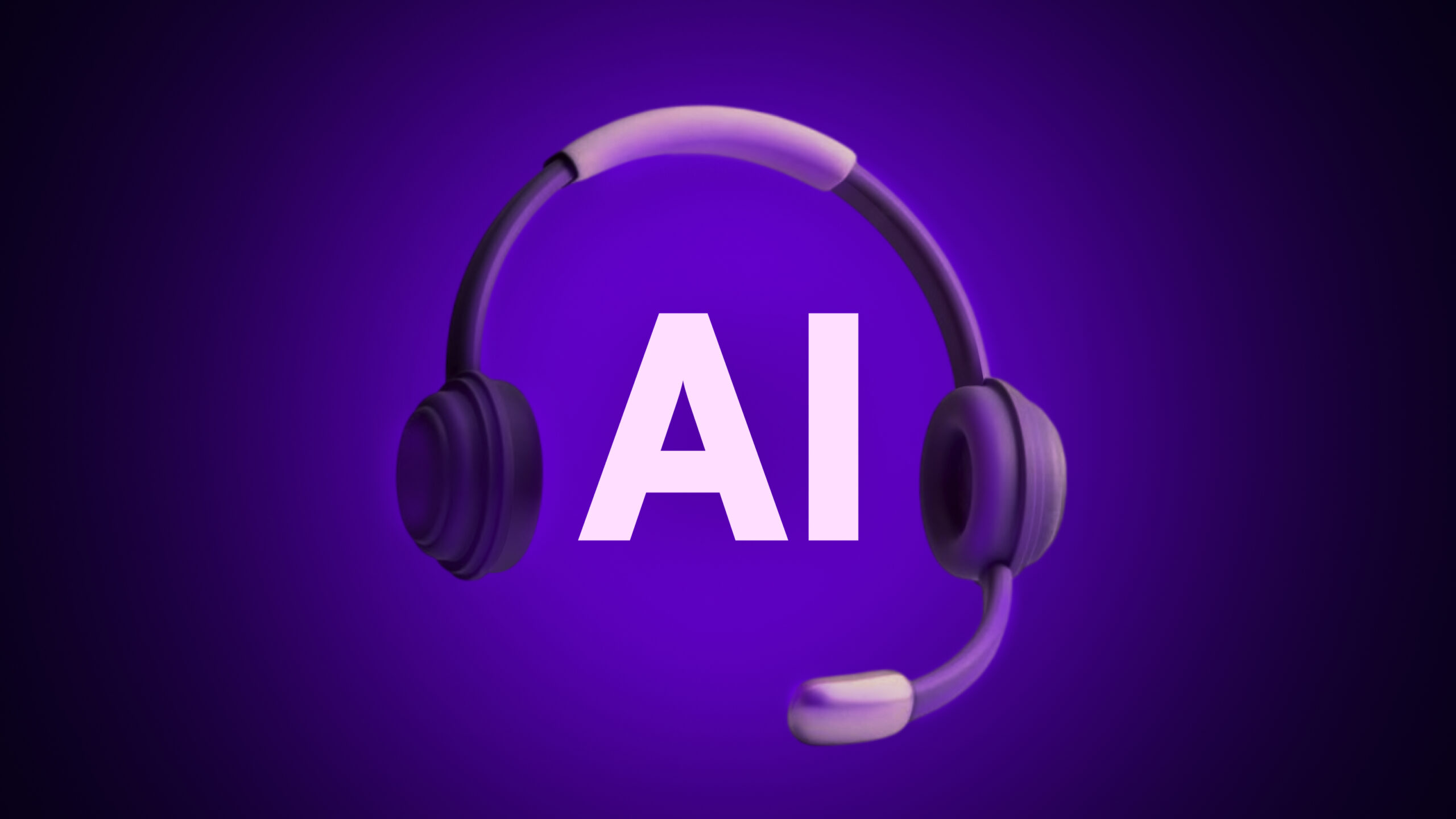
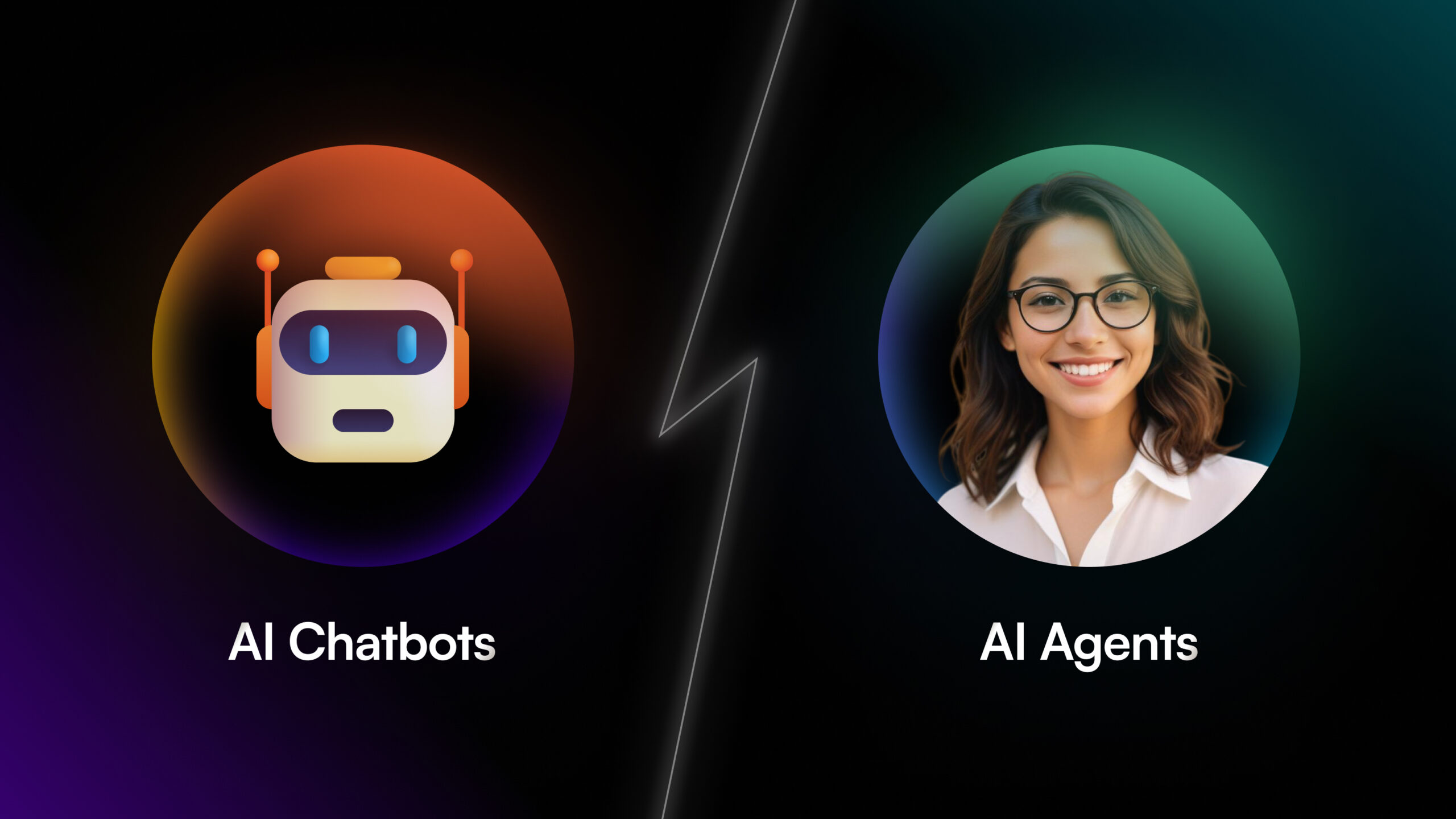
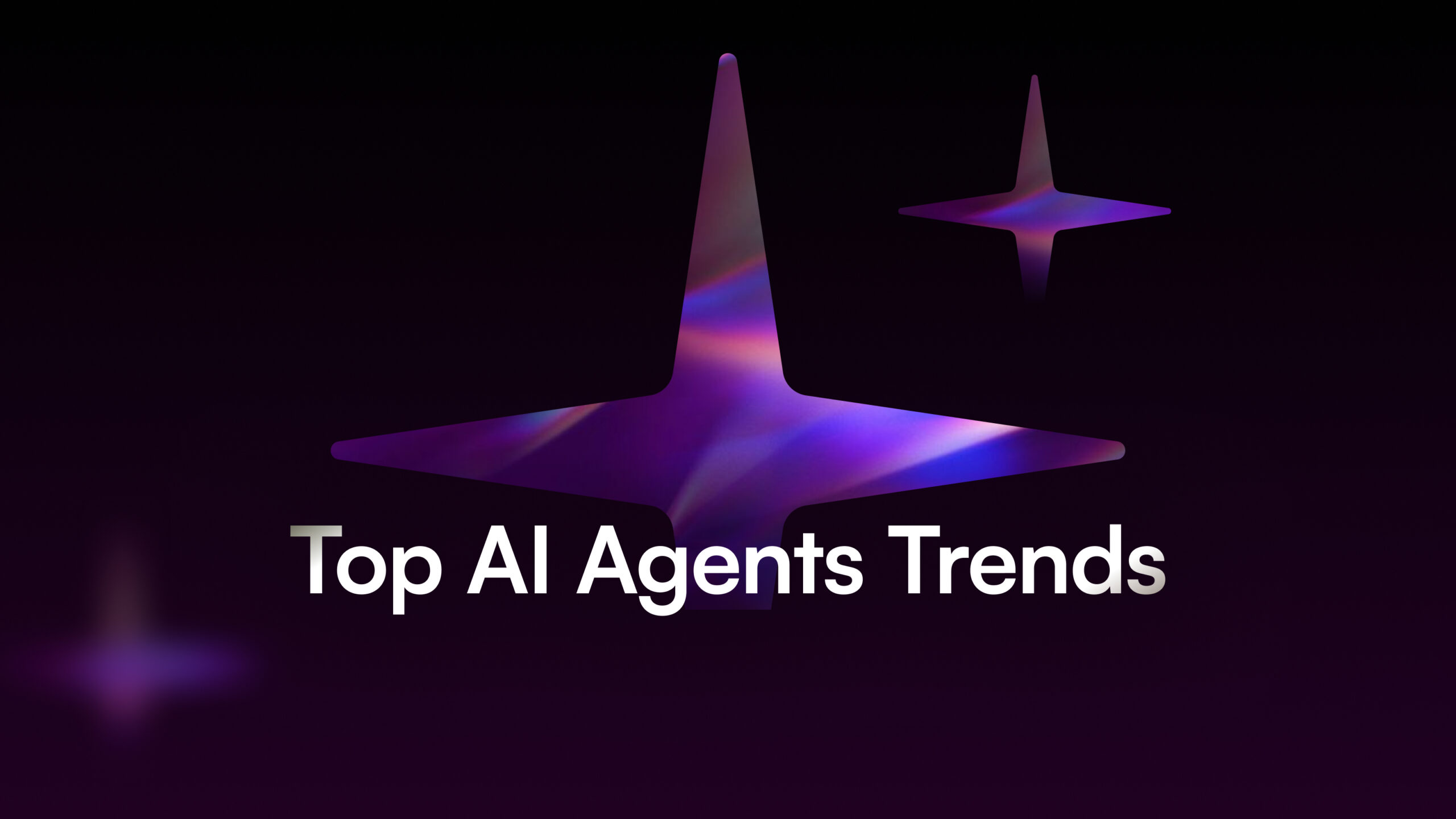

![How to Scale Your Business Using B2B AI Agents [+ Tools to Try]](/wp-content/uploads/B2B-AI-Agents-scaled.jpg)
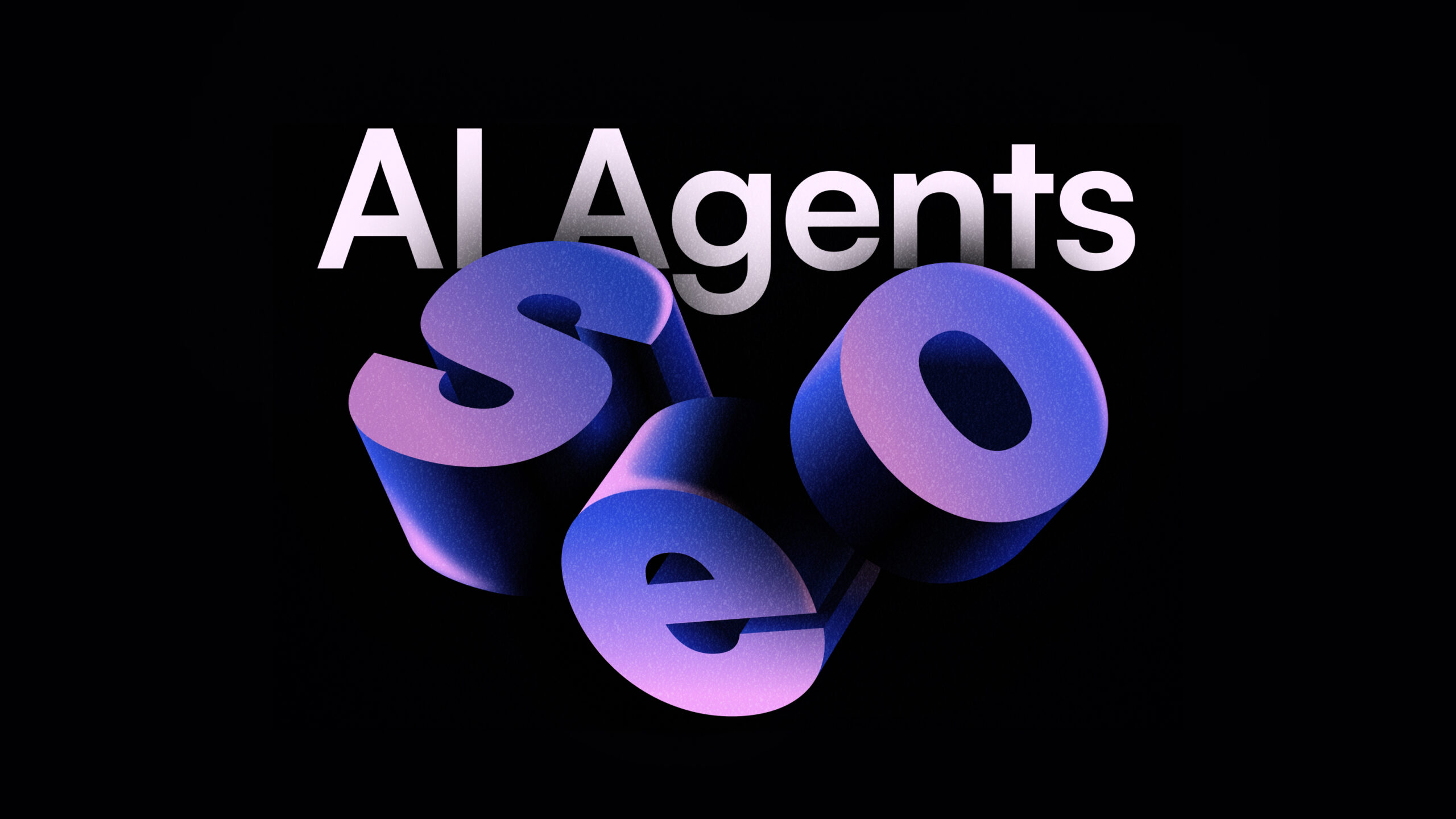
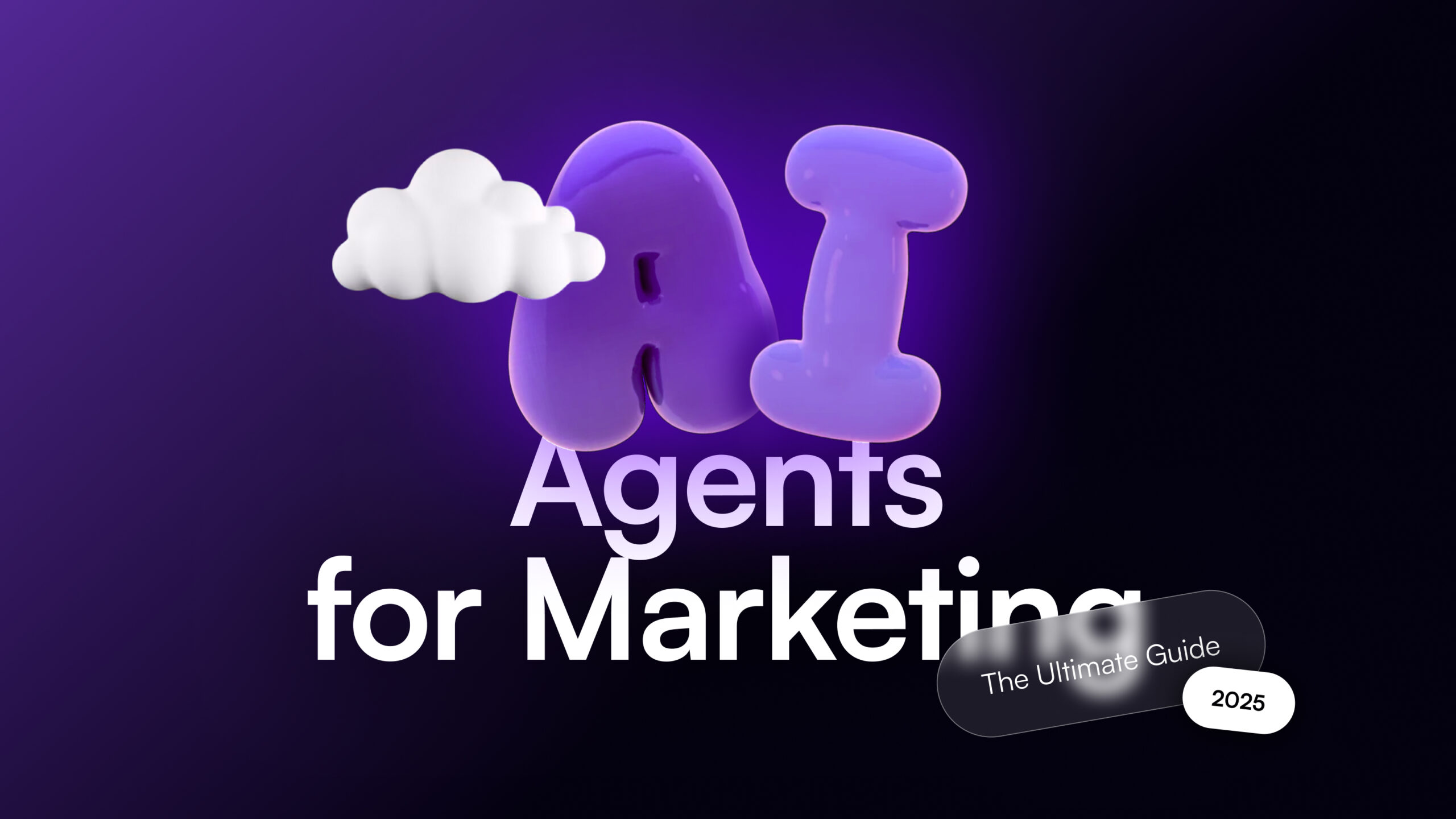

![40 AI Agent Use Cases Across Industries [+Real World Examples]](/wp-content/uploads/AI-Agent-Use-Cases-1-scaled.jpg)
